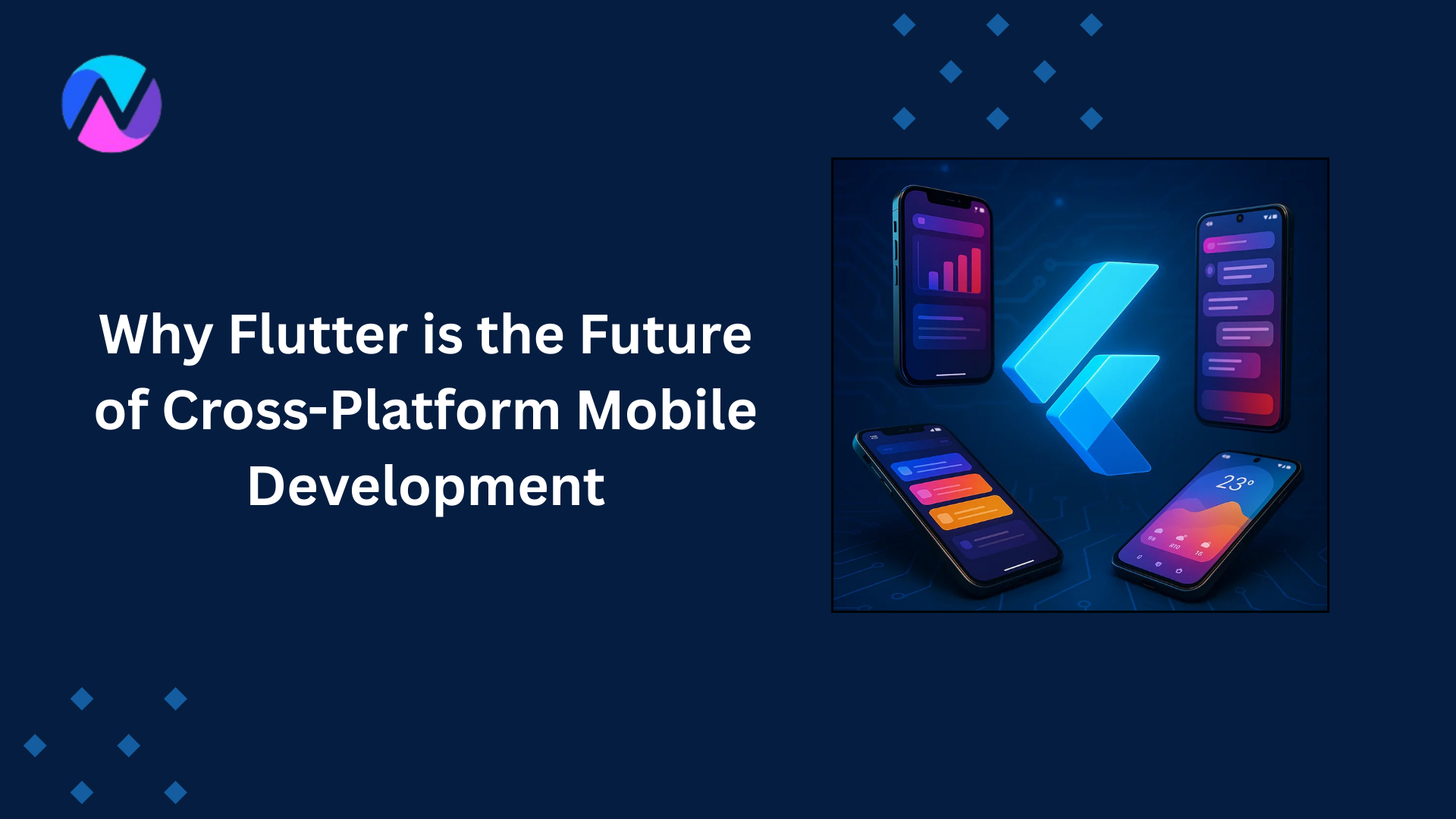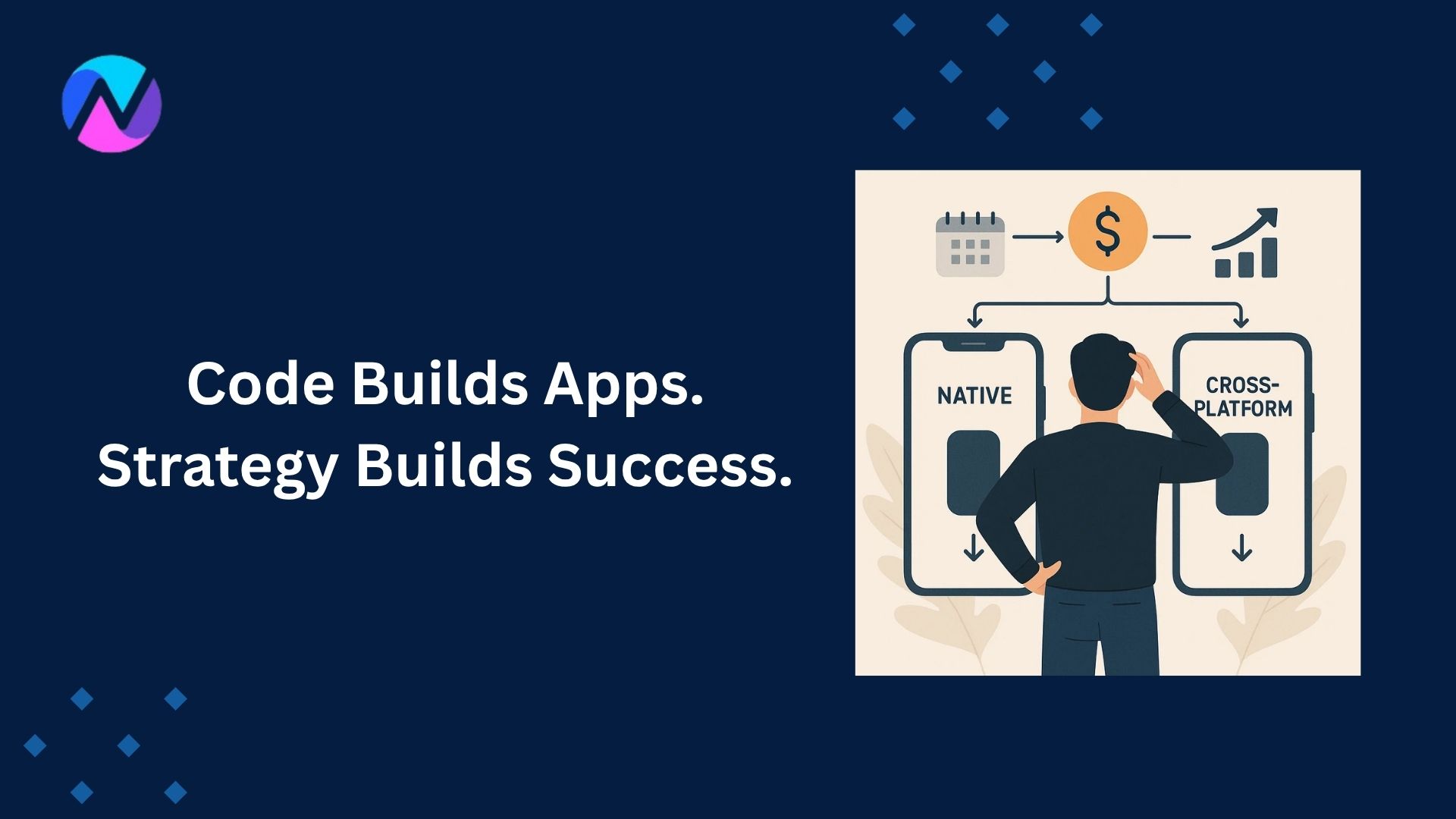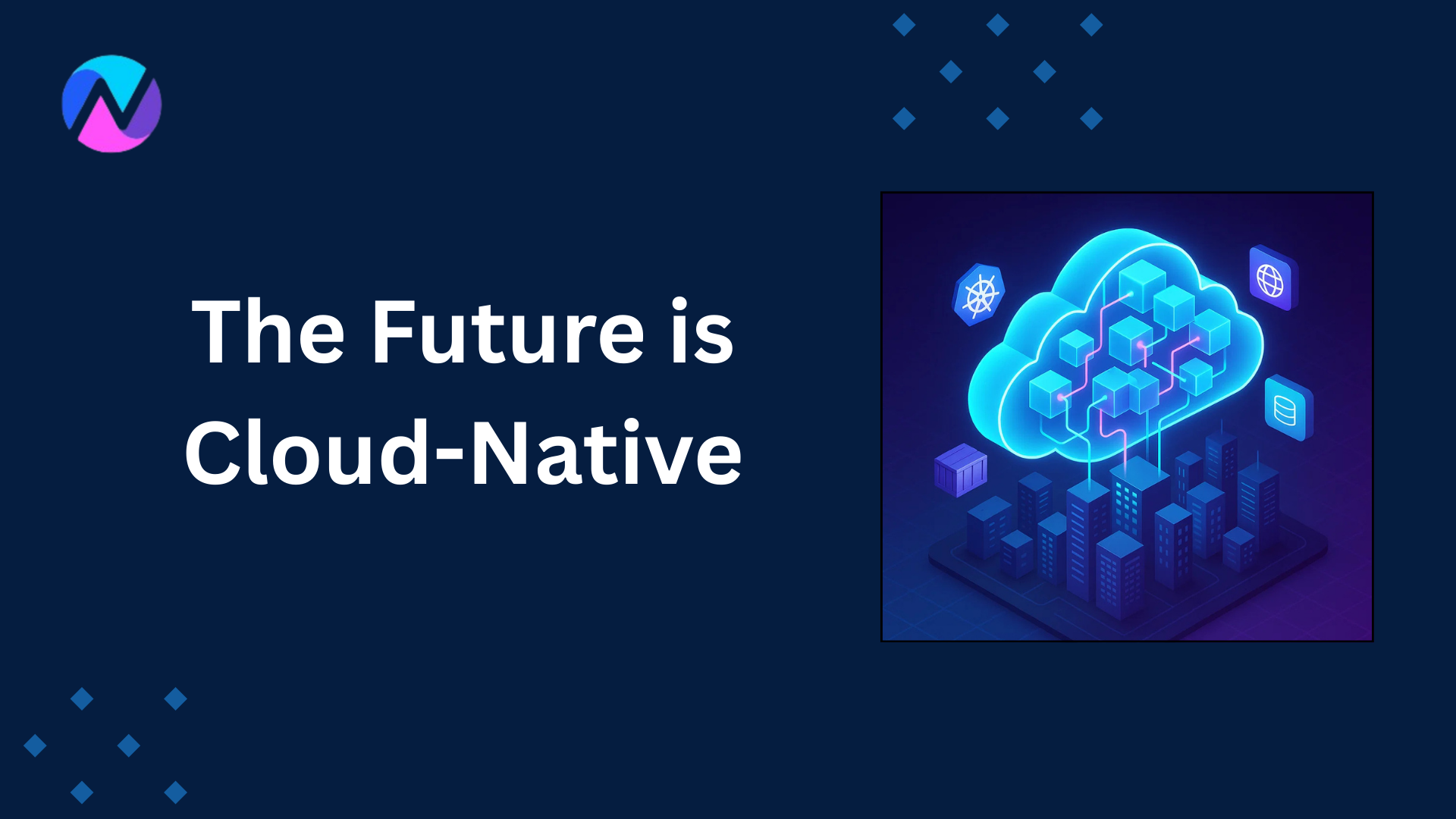
Introduction
In the fast-paced world of mobile app development, businesses are constantly seeking ways to deliver high-quality applications quickly, cost-effectively, and across multiple platforms. Traditionally, companies had to choose between native app development (best performance, but higher cost) and cross-platform frameworks (lower cost, but often compromised performance and design consistency).
Enter Flutter — Google’s open-source UI toolkit that is rapidly becoming the go-to framework for building apps for iOS, Android, web, and desktop from a single codebase. With its ability to combine beautiful design, native-like performance, and developer productivity, Flutter is shaping the future of cross-platform development.
What is Flutter?
Flutter is a UI framework by Google designed to build applications for multiple platforms from one codebase. It uses the Dart programming language and renders UIs using its own high-performance rendering engine (Skia).
Unlike many other frameworks that rely on native components, Flutter draws every pixel itself, enabling total design freedom and pixel-perfect consistency across devices.
Why Flutter is Winning the Cross-Platform Race
1. Single Codebase for All Platforms
One of Flutter’s biggest strengths is its ability to let developers write once and run anywhere. Whether it’s Android, iOS, web, or desktop, the same codebase can power them all, reducing development time and cost by up to 50%.
2. Near-Native Performance
Flutter compiles Dart code into native ARM code, eliminating the performance lag often associated with cross-platform solutions. The result is smooth animations at 60–120 FPS, responsive gestures, and fast load times — comparable to apps built natively in Kotlin or Swift.
3. Hot Reload = Faster Development
The hot reload feature allows developers to instantly see the effects of their code changes without restarting the app. This significantly boosts productivity, enabling rapid prototyping, quick bug fixes, and faster delivery cycles.
4. Stunning, Customizable UIs
Flutter offers a rich collection of pre-built widgets for Material Design (Android) and Cupertino (iOS) styles. Developers can also create custom widgets that look and behave exactly as desired. Since Flutter doesn’t depend on OEM widgets, it ensures a consistent UI across all platforms.
5. Strong Community and Google’s Backing
Since its release in 2018, Flutter’s community has exploded. Thousands of packages and plugins are available for integrating payments, location services, authentication, and more. Backed by Google, Flutter is continuously evolving with new features and long-term support.
6. Beyond Mobile — Web and Desktop Support
Flutter is not just for mobile. With Flutter Web and Flutter Desktop (Windows, macOS, Linux), businesses can reuse the same codebase to deliver applications across all major platforms.
7. Lower Total Cost of Ownership (TCO)
By eliminating the need for separate development teams for Android and iOS, Flutter helps companies save on:
- Development time
- Maintenance costs
- Testing efforts
- Training new developers
8. Seamless Native Integration
Need a platform-specific feature? Flutter supports platform channels, enabling developers to write native code in Kotlin/Swift/Java/Objective-C and seamlessly integrate it into the Flutter app.
Real-World Companies Using Flutter
Several global brands have already adopted Flutter for their production apps:
- Google Ads – Manage and track ad campaigns.
- BMW – The My BMW app uses Flutter for consistent experiences across platforms.
- Dream11 – India’s largest fantasy sports platform.
- Reflectly – AI-driven journaling app with rich animations.
- eBay Motors – Marketplace for buying and selling vehicles.
When to Choose Flutter
Flutter is a great fit for:
- Startups needing quick MVP launches.
- Enterprises seeking platform parity.
- Design-heavy apps requiring high customization.
- Businesses targeting multiple platforms without doubling costs.
Potential Limitations
While Flutter offers many benefits, it’s worth noting:
- App size can be slightly larger compared to pure native.
- Some very niche platform APIs may require custom native code.
- Dart is less common than JavaScript, so developer onboarding may require training.
The Future of Flutter
Google’s roadmap shows a strong focus on:
- Performance improvements
- Expanded desktop/web capabilities
- Enhanced developer tools
- More Material You and iOS-style widgets
As more companies demand fast, scalable, and beautiful multi-platform apps, Flutter is well-positioned to become the default choice for cross-platform development.


